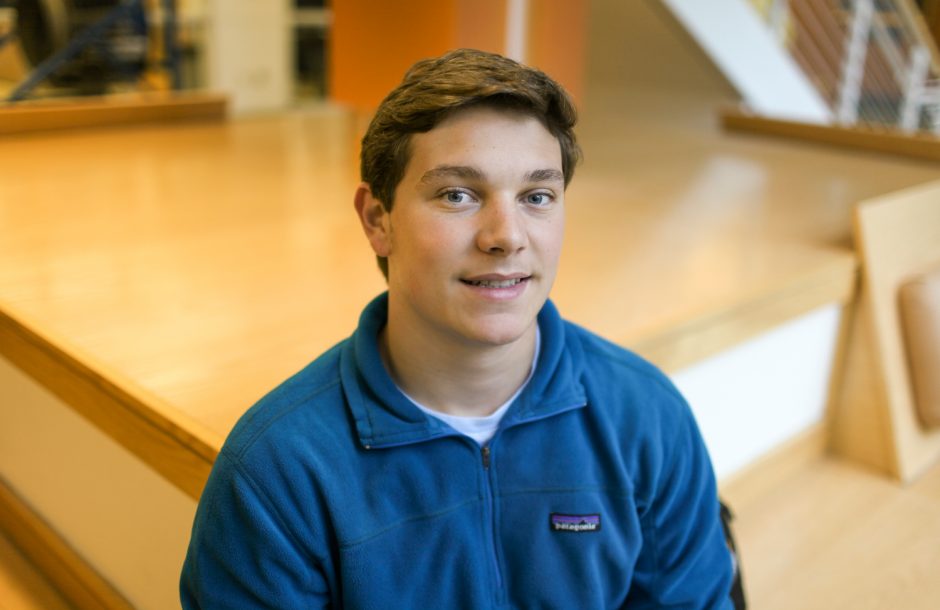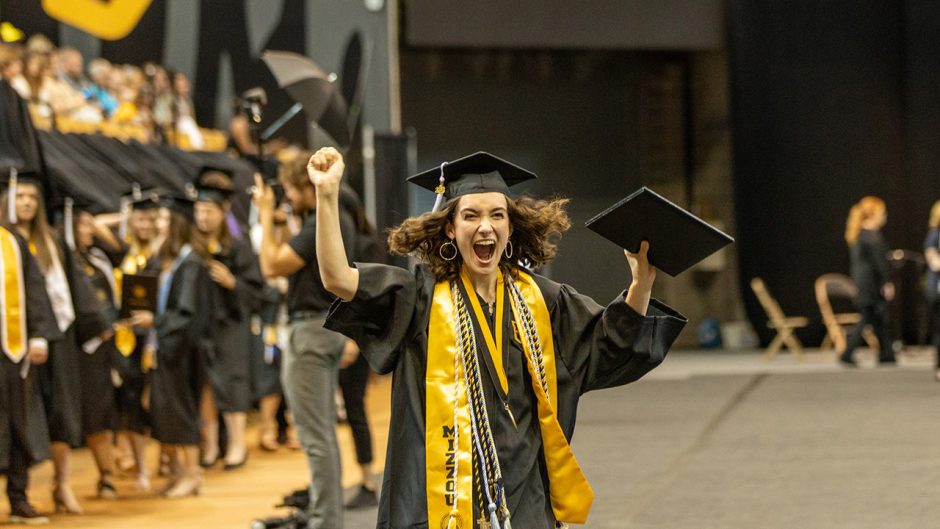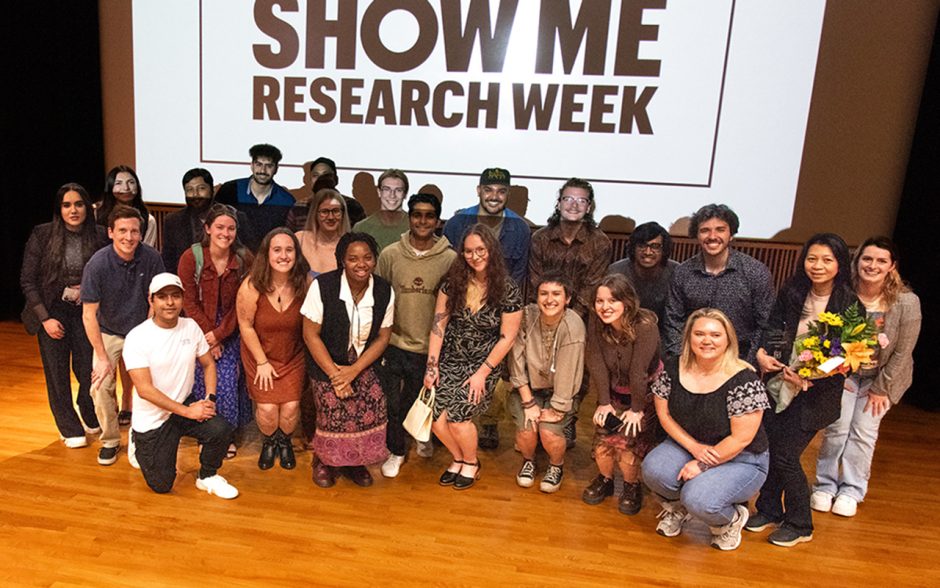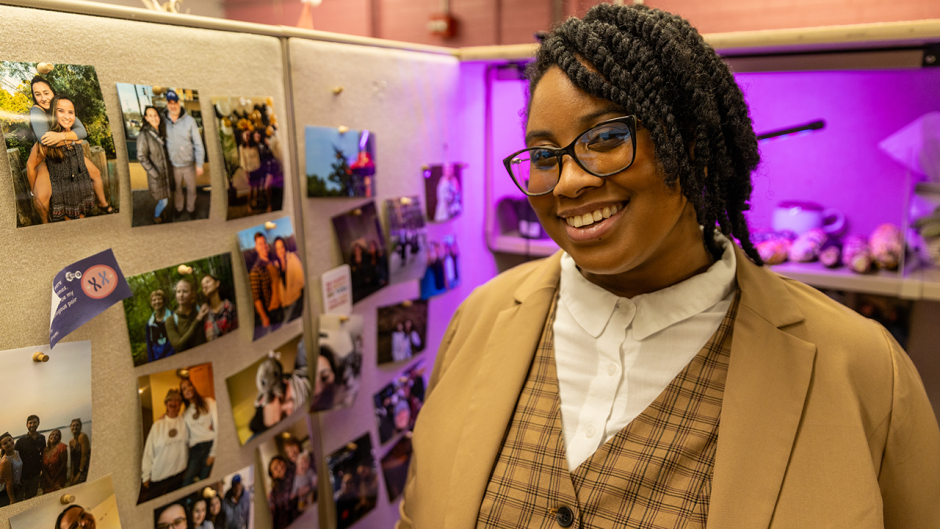Trent Grimshaw sat alone in a hospital room, fidgeting in his open-backed hospital gown, waiting to undergo the first surgery of his life. Doctors and nurses popped in and out, explaining their role in what was about to happen. Twenty minutes later — though it felt so much longer — they wheeled him into the operating room.
Grimshaw, a sophomore industrial engineering major, was not sick or injured. He was merely generous. And that generosity was about to put him under full anesthesia, insert two needles in his back and draw out marrow from his bones — bone marrow that might save the life of a person he didn’t know and had never met.

As a freshman taking part in the Homecoming blood drive, Trent Grimshaw joined the national bone marrow registry. By summer, he was giving a stranger 900 miles away a second chance at life.
Besides being generous, Grimshaw also doesn’t overthink things.
For instance, he doesn’t like borrowing money, so he takes part-time jobs during the school year and mows lawns during the summer to put toward tuition and living expenses. He had friends from high school in the Delta Tau Delta fraternity, so he pledged freshman year. The house urged everyone to donate blood during Homecoming that first semester, so Grimshaw went.
After donating, he saw a sign from the nonprofit Delete Blood Cancer asking people to get their cheeks swabbed to be on the bone marrow registry. “Something told me, ‘Aw, you should probably do that,’ ” says the Fenton, Missouri, native.
Blood transfusions are simple, but bone marrow transplants are more complicated. Donors and recipients must share 10 genetic markers to be compatible. It’s tough odds. Millions of people have registered to donate bone marrow, yet 60 percent of people who look to the registry for a transplant never receive one. Only 1 in 430 people on the registry will ever donate bone marrow.
So after getting swabbed, Grimshaw went back to his campus life and forgot all about it — for a couple months.
“It was wintertime, and I got an email saying I was a potential match,” he says. “I was like, ‘Wow. Already?’ ”
He was surprised, but, again, he didn’t overthink it. “I knew from the first email that I would do it,” he says.
A follow-up blood test in spring 2016 confirmed his compatibility. He flew to MedStar Georgetown University Hospital in Washington D.C. for a physical, an X-ray and more blood work to see if he was physically able to make the donation. He was.
Everything was set. Grimshaw had one last chance to back out, doctors told him. He didn’t know much about the woman he would be donating to, only that she was 50 year old — nearly the same age as Grimshaw’s mother — and “she had a blood cancer with a crazy name,” he says. And, most important, “she had a zero-percent chance to live without the transfusion.”
For Grimshaw, it wasn’t even a choice. “If that was my mom, I would definitely want someone to do that for her,” he says.
In mid-July, Grimshaw flew back to the Georgetown hospital. “I was really nervous,” he remembers.
The donation itself is a surgical procedure, done while the patient is sedated. Doctors insert two needles into the lower back near the waist, one 2 inches to the right of the spine and the other 2 inches to the left. The needles draw liquid bone marrow from the pelvic bone.
In the operating room, doctors pushed a tube into Grimshaw’s nose and asked him to count backward. The next thing he knew, he was waking up with a very sore back. He stayed overnight in the hospital, hooked up to an IV for fluids and nutrients. “I was very weak,” Grimshaw remembers. The next day he tried to walk around the Georgetown campus with his parents. “I was, like, dead. I had to take breaks every five minutes. I’d get really light-headed.”
The pain and weakness were temporary, but Grimshaw still had to figure out how to make up for the lost time at work. “I needed that money for school,” he says. He would have been ready to go back to an office job after a week, but it took three weeks before he was strong enough to go back to mowing and landscaping again.
Fortunately, people like to help a guy like Grimshaw. Soon, family members who knew about his donation and financial situation were mailing checks to help him along, $20 or $40 at a time. Altogether, the donations nearly replaced his lost wages.
Rest and generosity made Grimshaw whole after the procedure. He doesn’t know yet how the woman who received his bone marrow has fared.
Even with the transfusion, she has a 50-50 chance of survival. If she makes it a year and both parties are willing, they can meet in person.
“I definitely would agree to it,” he says. “I’ve been praying about it, her surviving. She could be a mom to a kid my age, and I could have saved her life. I really hope I get to meet her.”




